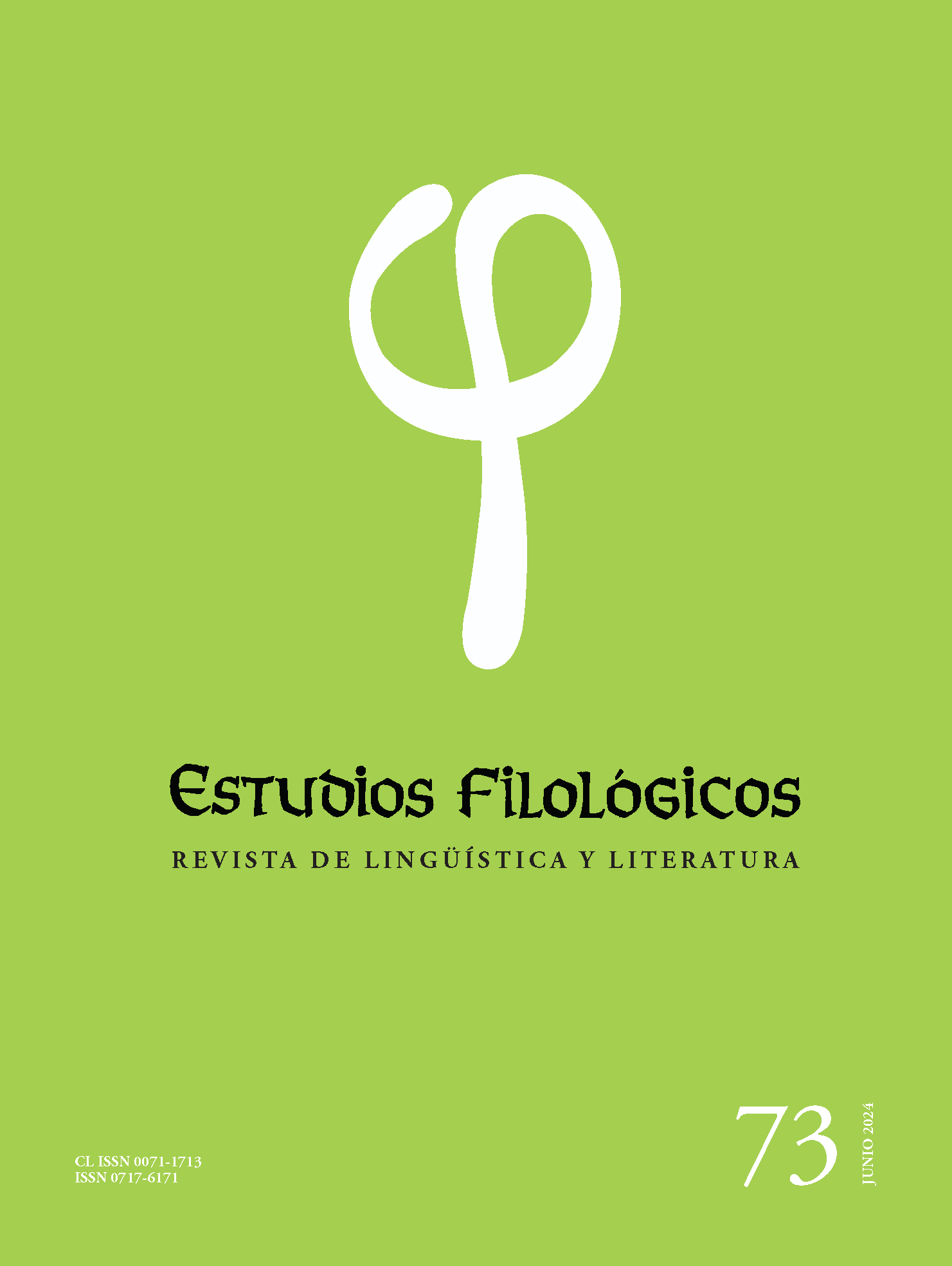Gender representations in the critical multimodal discursive construction of children’s literary texts
Main Article Content
Abstract
The objective of this article is to analyse the discursive mechanisms that keep gender representations associated with sexist roles and stereotypes, as well as those mechanisms that construct alternative meanings or resistance in literary texts suggested by the Ministry of Education of Chile for Preschool and First Grade Education. The theoretical-methodological approach integrates the analysis of the intermodal evaluative meanings of the selected literary texts from the perspective of the Appraisal Model and Critical Multimodal Discursive Analysis. The corpus of this study is composed by three literary texts, which belong to classroom libraries from the transition level I and II from Preschool Education and First Grade in Primary Education, named: Pequeña historia de un desacuerdo (Claudio Fuentes 2017), Soy una niña (Yasmeen Ismail 2016), La rapera Rap-unsel (from the book Cuentos del mundo en décimas, with lyrics by Eustaquio Pérez and illustrations by Marcela Escobar 2016). The results show that in the literary works analysed coexist discursive mechanisms that build intermo- dal representations (verbal and visual) based on stereotypes and binary gender roles, sustained in a traditional sociocultural model; with others that tend to denounce and subvert the socially imposed gender order, which delegitimize binarism and legitimize citizen participation and the construction of new identities.

